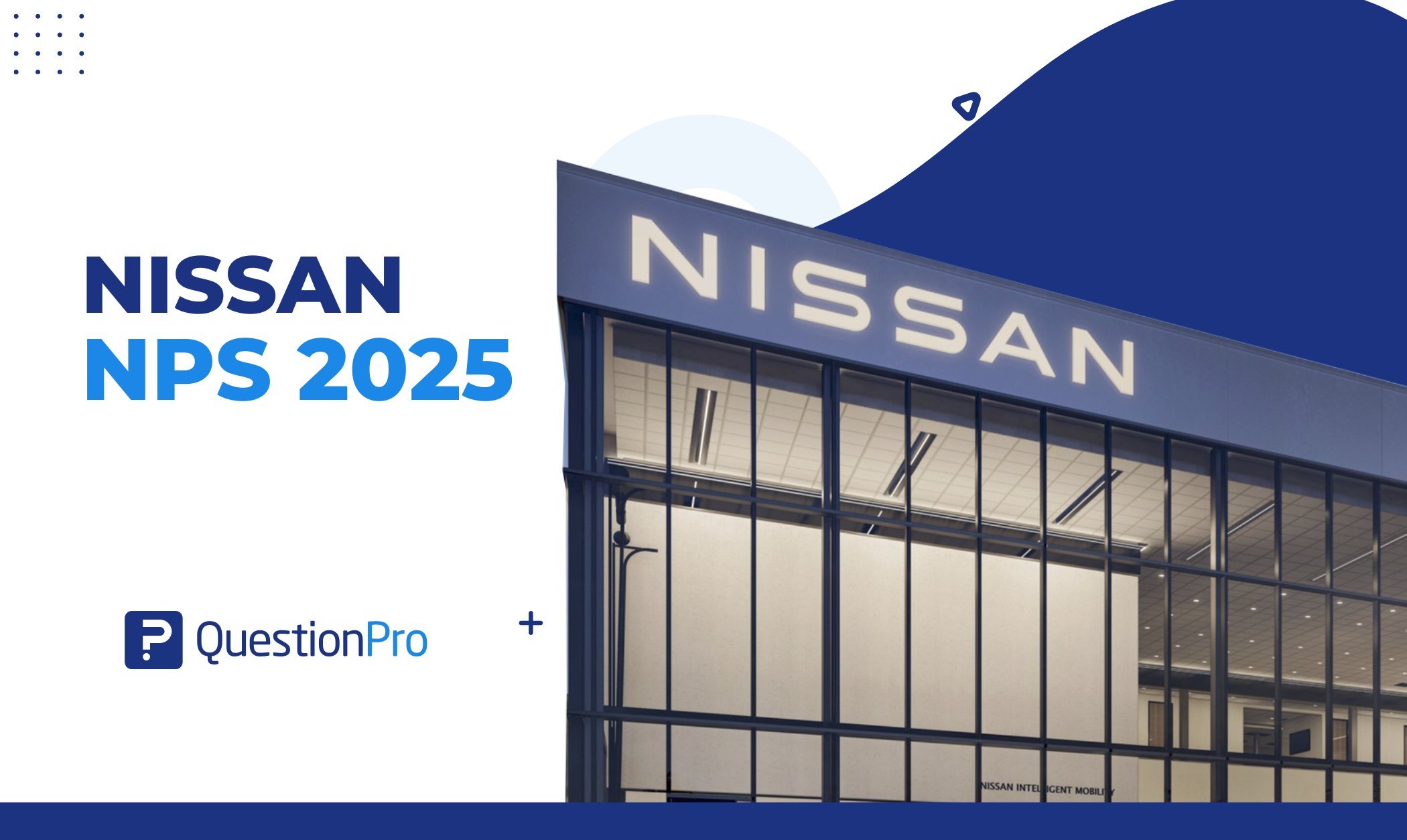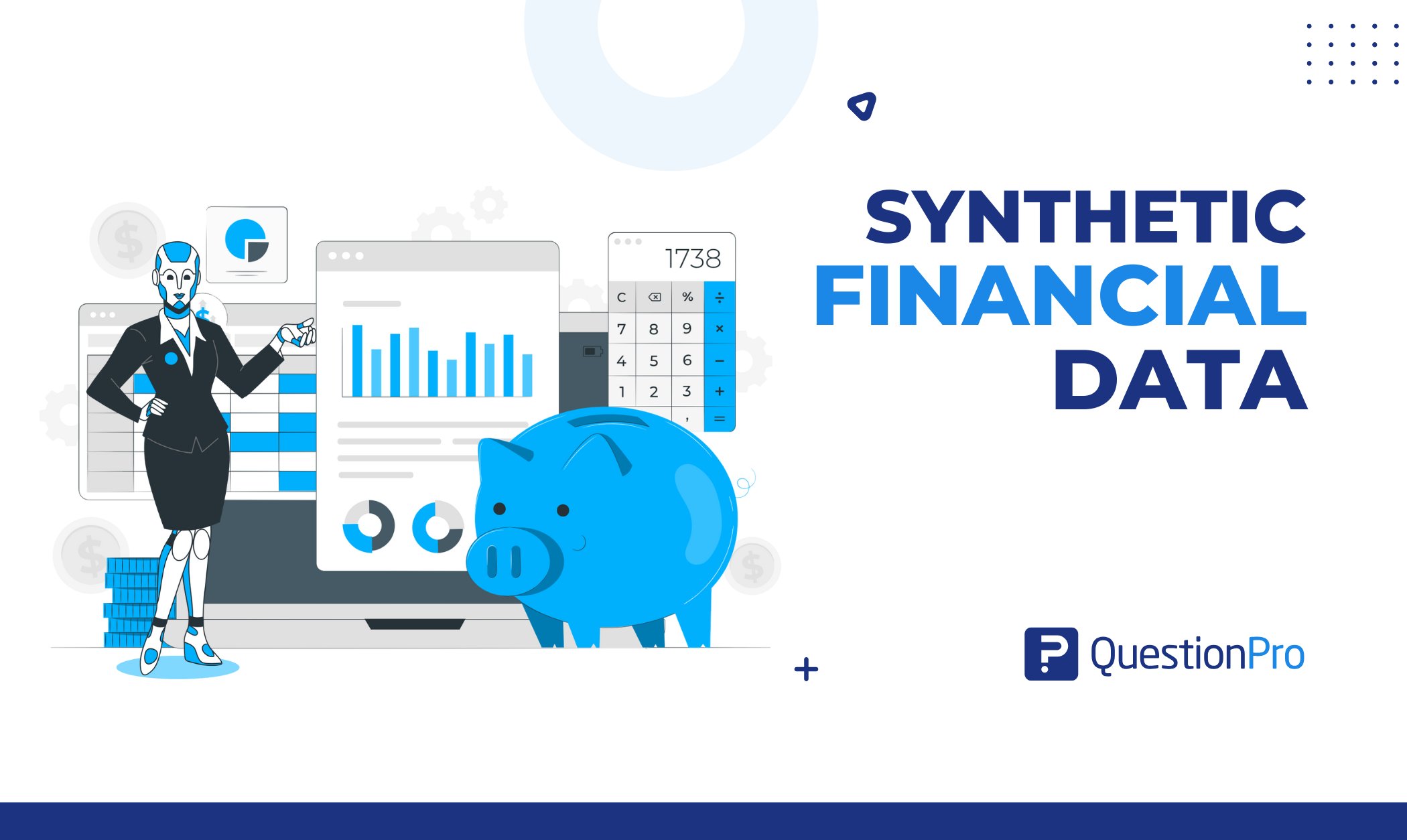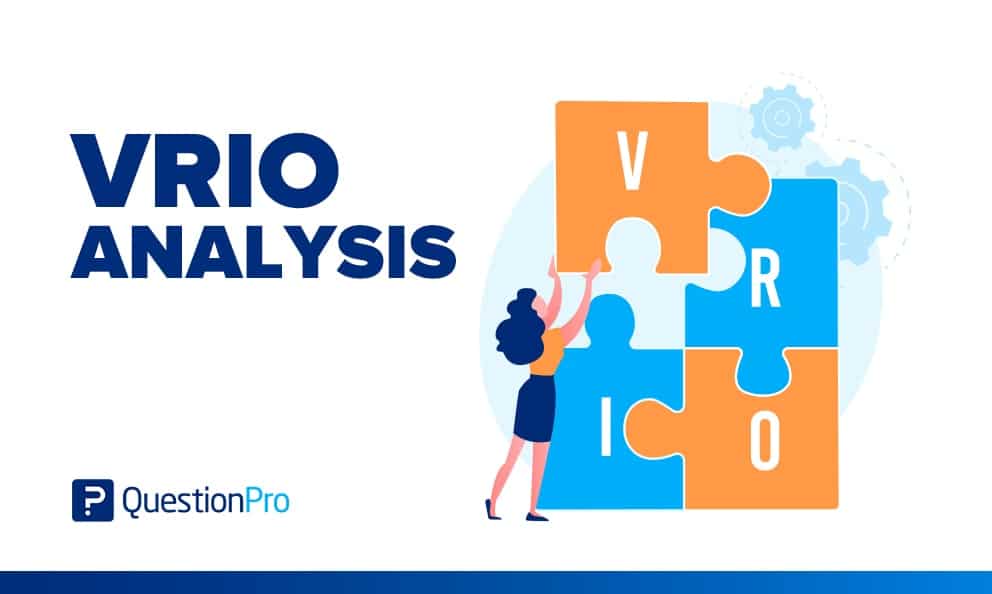
The VRIO framework is a trusted tool for businesses to find their competitive edge by assessing their valuable resources and capabilities. This template offers crucial guidance to companies looking to understand their unique value and maximize their potential.
Moreover, grasping the VRIO framework goes beyond just identifying a competitive advantage. It acts as a strategic guide, allowing organizations to harness their rare resources effectively. By recognizing and leveraging these unique assets in the market, businesses can strengthen their position and outshine their competitors.
While the VRIO framework primarily focuses on evaluating internal resources, it offers businesses a roadmap to harness their strengths effectively. This approach ensures they maintain a sustained competitive advantage over time, standing out in the industry and achieving competitive parity.
Compared to the broader scope of a SWOT analysis, VRIO’s exclusive attention to internal resources allows for a more in-depth understanding of a company’s unique strengths, ultimately contributing to its success. In this article, we will define the VRIO framework, talk about the VRIO framework advantages and limitations, and discuss the differences with the popular SWOT analysis.
What is VRIO Framework?
Every company is designed to provide a specific advantage or resource to its target market. The VRIO framework is an internal analysis that aids businesses in identifying the advantages and resources that grant them a sustainable competitive advantage.
VRIO stands for value, rarity, imitability, and organization, representing key success indicators for your business. These categories serve as markers for your company’s unique value and resources, and through data analysis, they unveil your organization’s long-term advantages.
Once you deeply understand your unique value and how your resources bring it to life, you can strategize how to capitalize on this sustainable competitive advantage and create a long-lasting plan for success. By harnessing your company’s resources, management control systems, VRIO resources, data-based employee management, financial resources, and intellectual property, you can secure a strong position in the market and drive your business toward enduring success.
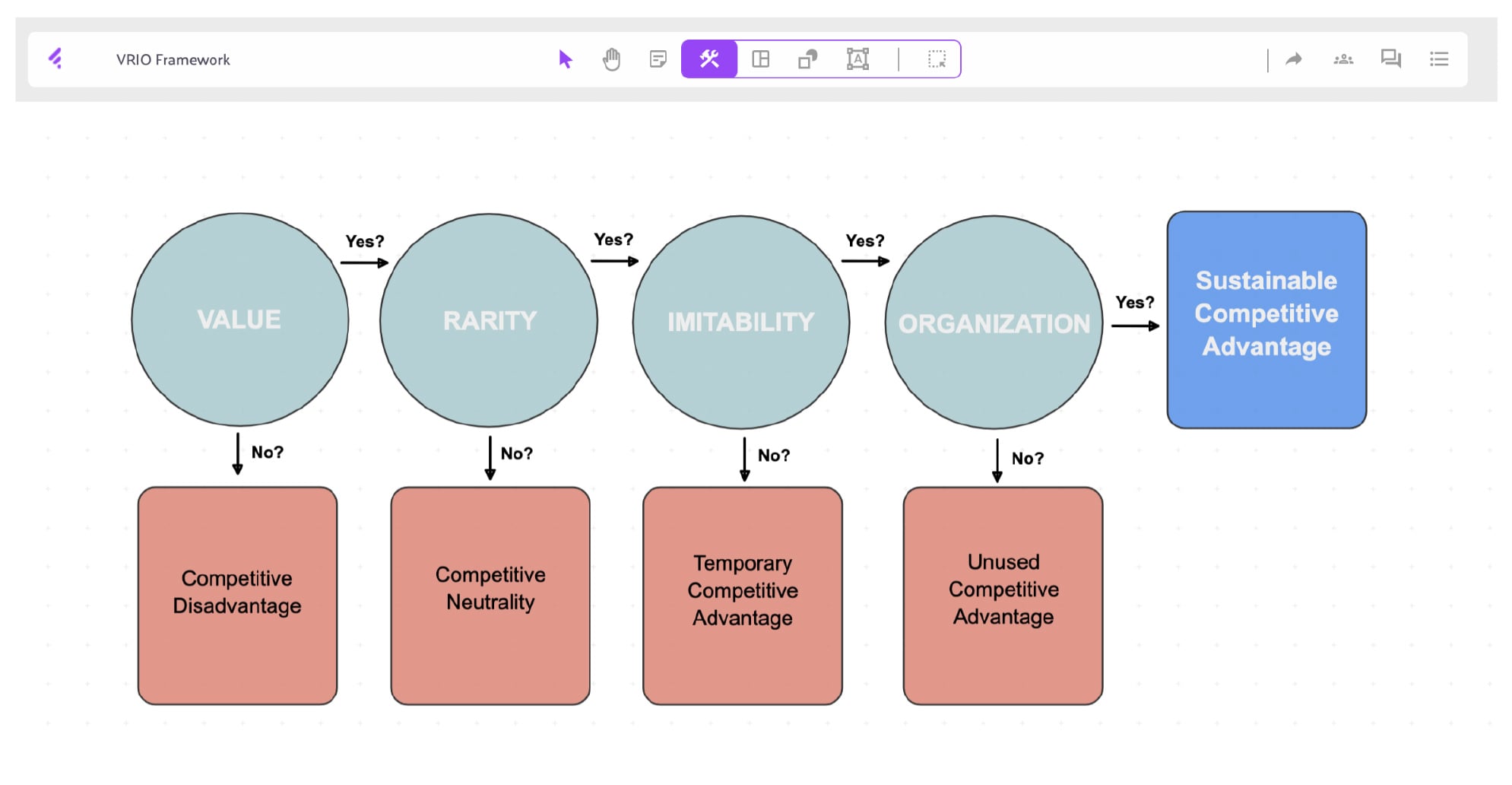
When you think about your unique value, it’s important to emphasize that sustainable success requires qualities that your competitors need help to replicate or integrate. Maintaining a competitive edge is critical to your success, and doing so requires a nuanced understanding of why you’re important and unique.
While the VRIO framework primarily focuses on internal factors such as valuable resources and their potential to create a sustainable competitive advantage. It’s essential to recognize that external factors also shape your company’s position in the market. Recognizing the dynamic interaction between internal and external elements is vital when crafting a comprehensive strategy.
Paying attention to the VRIO analysis can lead to a competitive disadvantage, as you may miss opportunities to effectively leverage your internal strengths and valuable resources. Therefore, integrating the VRIO framework into your strategic planning process can be a game-changer, allowing you to thrive in a world of ever-evolving external factors and maintaining a temporary competitive advantage that transforms into sustainable competitive advantages over time.
VRIO Framework Breakdown
The VRIO Framework is a comprehensive four-pronged analysis that delves into an organization’s resources and measures of sustained competitive advantage. This framework focuses on four main factors: Value, Rarity, Imitability, and Organization. Understanding these categories is pivotal when assessing your business for indicators of success.
When employing the VRIO framework, the first step involves identifying these variables for your organization or the business model under analysis. The primary objective of this framework is to pinpoint these elements. Once identified, specific questions can be posed to reveal more details about them.
Identification is crucial in this framework, as the inability to identify any of these variables indicates a need to revisit previous steps or conduct further research on the overall concept being analyzed. With that in mind, let’s break down the significance of each variable within the VRIO framework:
1. Value
Value is intrinsically tied to the specific needs your products or services fulfills and the capabilities it offers. Key questions to consider include:
- What particular abilities do you empower customers to leverage?
- What valuable resources do you provide to customers?
Your responses should shed light on your organization’s products or services and the demand it meets. When establishing value, it’s essential to ascertain your value and understand why your customers need your solution and why they choose it over the competition. If you need help determining the value your organization provides, it’s essential to reassess the weight you intend to deliver and steer your resources in that direction.
2. Rarity
Rarity relates to the availability of your resources and how accessible they are to your competition. Essential questions to explore include:
- What hard-to-obtain resources do you have at your disposal?
- What unique capabilities do you provide?
- Which aspects of your product or service have low supply and high demand?
Rarity is significant because, when combined with value, it forms a promising recipe for success. The interplay between rarity and value is crucial because, without rarity, it can be challenging to capitalize on the value you possess.
If you cannot identify rare features within your organization, it’s necessary to brainstorm innovative ways to incorporate value into the customer experience. Since you may have valuable and shared resources, a unique element is essential to attract customers.
3. Imitability
Imitability parallels rarity but specifically explores the competition’s ability to replicate your solution within their business model. It raises questions such as:
- What is the cost of duplicating your organization’s resources or solution?
- Does anything similar currently exist?
To establish a solid competitive advantage, considering the imitability of your resource or solution is of paramount importance. Your advantage may prove fleeting if you have established value and rarity, but it appears easy to duplicate, and your competition can readily leverage it.
If you encounter difficulties identifying the potential for imitability of your product or service, consider ways to enhance its value and integrate it into your brand.
4. Organization
The organization component involves an internal analysis of how your business operates and is structured for success. Key prompts for this section include:
- Are there dependable workflows within your business that foster success?
- What management structures and systems are in place to ensure the effective utilization of your resources and advantages?
It is the final step in the VRIO framework and urges you to consider the organizational factors contributing to building a sustained competitive advantage. These factors may initially appear parallel to your goals.
But become increasingly crucial as you enter the market and compete with other businesses. If you encounter challenges in this regard, conducting research and devising methods to enhance the overall efficiency of your organization can prove invaluable.
VRIO Framework vs SWOT Analysis
For the experienced analyst, you might recognize some similarities between the VRIO Framework and the SWOT Analysis. Both of these templates are very useful for strategic planning at any stage and provide tremendous value in different ways. Here are some of the big differences between VRIO and SWOT.
01. SWOT Analysis
- Looks internally at strengths and weaknesses and externally at opportunities and threats.
- Helps assess future opportunities based on your current positioning.
- Look at the positive and negative portions of your business plan.
- Simpler, more approachable analysis.
02. VRIO Framework
- Focuses strictly on internal metrics and resources that influence your competitive advantage.
- Focuses on the positives that create a competitive advantage and the things that could be difference-makers.
- Requires nuanced understanding of your unique value and competitive ecosystem.
- Is able to focus on resources that you possess rather than general strengths, creating very tangible solutions.
Hopefully, this clears up some of the confusion surrounding these two popular strategic planning templates and creates unique scenarios where they can be used effectively.
Benefits of VRIO Framework
The VRIO framework is a strategic management tool for evaluating a company’s competitive edge derived from its resources and capabilities. It stands for Value, Rarity, Imitability, and Organization. This framework aids organizations in determining if their resources and capabilities can yield a lasting competitive advantage.
Here are the benefits of using the VRIO framework:
1. Sustainable Competitive Advantage
The VRIO framework serves as a robust tool for identifying resources and capabilities that possess the potential to establish and maintain enduring sustainable competitive advantages, ensuring that a company remains ahead in the market over an extended period.
2. Resource Focus and Allocation
It fosters a keen focus on a company’s key resources and capabilities, encouraging more efficient allocation of resources by highlighting those that are valuable, rare, difficult to imitate, and well-organized.
3. Strategic Alignment
This framework is pivotal in aligning a company’s resources, capabilities, and broader strategic objectives, ensuring that all assets are leveraged to support and enhance the overarching strategic plan.
4. Informed Investment Decisions
It equips organizations with the insights needed to make well-informed decisions regarding strategic decision-making and valuable resource allocation. It enables them to invest in areas that have the potential to enhance their competitive advantage and overall performance.
5. Competitive Positioning
It empowers firms to assess their competitive position within their industry, enabling a clear understanding of where they excel compared to their competitors and where improvements may be necessary to maintain or strengthen their market standing.
6. Long-Term Planning and Adaptation
VRIO promotes long-term strategic planning by encouraging businesses to focus on resources and capabilities. Those are valuable today and likely to maintain their value in the future. It, in turn, enables companies to adapt to changing market conditions while retaining their competitive edge.
The VRIO framework offers numerous advantages. It must acknowledge that it needs to provide specific guidance on developing or leveraging resources and capabilities. However, it remains a valuable and widely used tool in strategic management for assessing and harnessing competitive advantages. The effective utilization of human resources, organizational structure, and management systems is vital in this journey toward sustained competitive advantage, driven by the this framework.
What are The Limitations?
The VRIO framework, while undoubtedly a valuable tool for assessing competitive advantages, has its set of limitations.
Here, we delve into some of its fundamental constraints:
1. Static Assessment: VRIO assesses resources and capabilities at a specific time, which needs to account for the dynamic and evolving nature of businesses and industries. In a world characterized by constant change and innovation, this static evaluation can limit the framework’s effectiveness in providing insights into sustained competitive advantage.
2. Lack of Prioritization: It doesn’t inherently offer a mechanism to help organizations prioritize resources and capabilities. It can make it challenging for companies to determine where to allocate their resources most effectively. While highlights valuable and rare resources, companies may need to understand which resources should be given precedence for achieving a long-term competitive advantage.
3. Resource Heterogeneity: The framework treats all resources and capabilities equally, not accounting for the varying degrees of their strategic importance. In reality, not all resources are of equal value, and a one-size-fits-all approach may not reflect the nuances of a particular business’s competitive landscape.
4. Overemphasis on Internal Factors: VRIO looks inside, but it’s vital also to check the outside. Understanding your strengths is important. But don’t forget to consider external factors like market trends, customer loyalty, and industry changes when assessing your advantages.
Despite these limitations, the VRIO framework remains a valuable starting point for assessing a company’s competitive advantages and disadvantages. It offers a structured approach to understanding the role of valuable and rare resources in establishing a sustained competitive advantage.
VRIO Frameworks with QuestionPro
Integrating the VRIO framework with QuestionPro can enhance your grasp of valuable resources within your organization. You can gauge the value assigned to specific assets or capabilities by individuals within your company through tailored surveys. Identifying these valuable resources is the first step toward achieving a sustained competitive advantage.
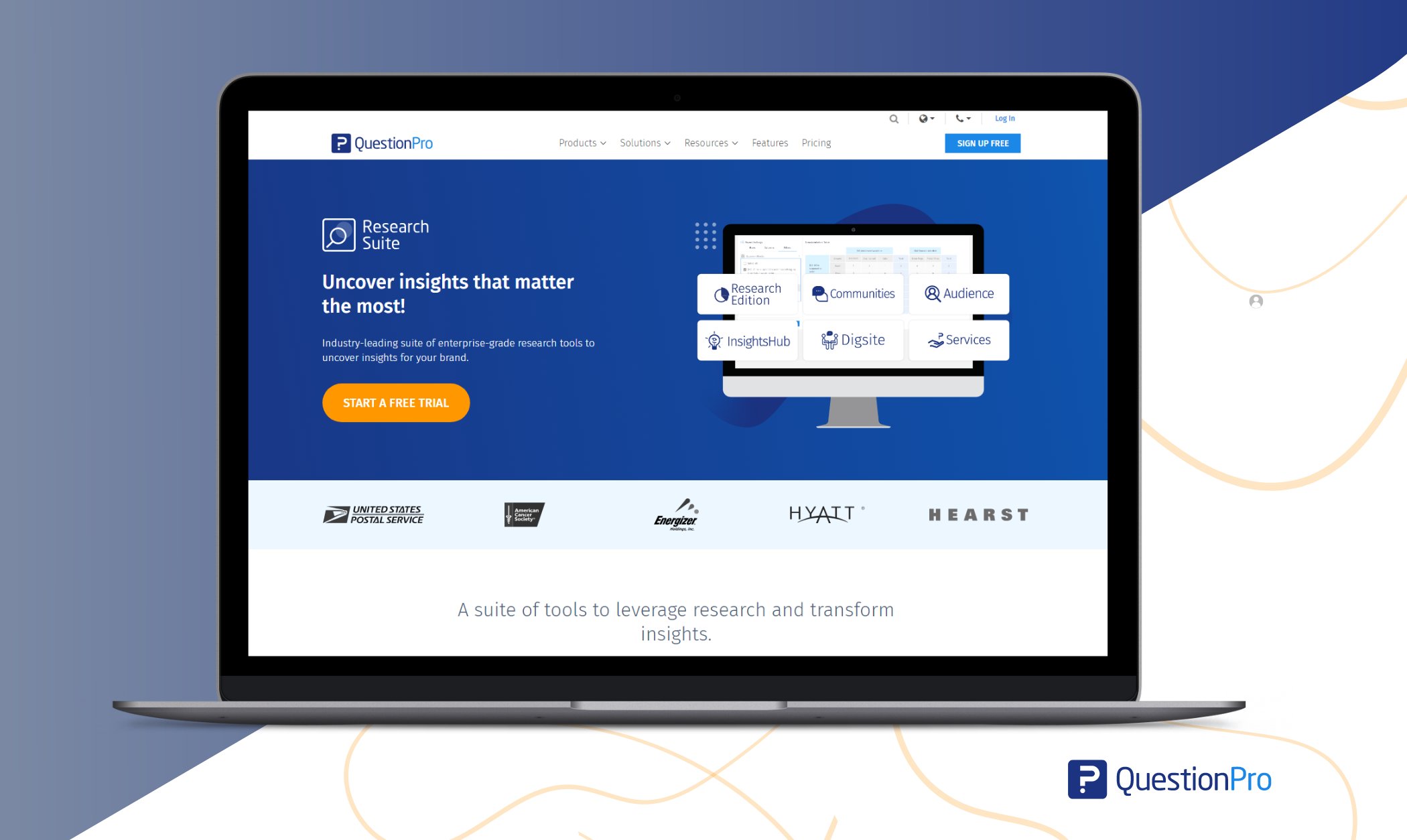
Moreover, the integration allows you to assess the rarity of resources. By asking questions about the uniqueness of specific assets or their scarcity in your industry, you can pinpoint rare and valuable resources. This insight is essential for carving out a strategic edge.
Furthermore, QuestionPro facilitates the assessment of resource organization, which plays a vital role in underpinning your strategic initiatives. Efficient valuable resource utilization is essential in supporting your strategic plan.
Organizing resources is crucial for your strategy. Efficient use is key to support your plan. With this analysis, identify valuable and rare resources, make sure they’re well-organized for a stronger competitive edge. VRIO looks inside, but adding QuestionPro broadens your view, helping you plan better with all your strengths in mind.
Conclusion
The VRIO framework is a great strategic planning tool for any business to use. It becomes even better when used collaboratively on an online whiteboard. If you want to learn more about how to use templates with your team online, check out Fresco.
Embracing VRIO and its enhancing tools isn’t just strategic. It’s how you stay competitive and flexible in the changing business world. Using this framework effectively, you set your business up for success and adapt well to market changes.




